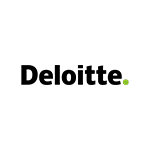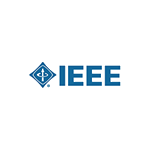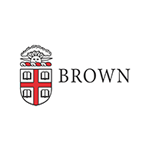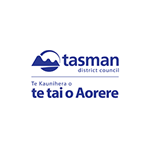What Is Discourse Analysis?
Discourse analysis is a method of analyzing written or spoken communication to gain a deeper understanding of the underlying meaning. It is a way of looking at how language is used to create meaning and shape conversations. It is a powerful tool for understanding social and cultural trends, as well as the way people interact.
Discourse analysis is used to examine written and spoken language in a variety of contexts, from academic discourse to everyday conversations. The aim is to gain an understanding of how language is used to create meaning and to explore how different forms of communication can influence the way people think and behave. Discourse analysis can be used to analyze political speeches, news stories, marketing campaigns, and more.
What Are the Goals of Discourse Analysis?
The primary goal of discourse analysis is to identify the underlying meaning of language in order to gain a deeper understanding of the conversation or text. This process involves looking at the structure and form of language, as well as the context in which it is used. By examining the way language is used and interpreted, it is possible to gain a better insight into the intentions of the speaker or writer.
Discourse analysis can also be used to uncover the power dynamics and relationships between people. By looking at the way language is used, it is possible to identify patterns of domination and submission, as well as the ways in which people use language to exert power and control.
How Is Discourse Analysis Used?
Discourse analysis is used in a variety of disciplines, including anthropology, sociology, linguistics, psychology, and communication studies. It is also used in fields such as marketing, business, and education.
In marketing, discourse analysis can be used to identify consumer trends, as well as to understand how people perceive and respond to advertising messages. In education, discourse analysis is used to examine how language is used in the classroom and how this affects student learning.
What Are the Benefits of Discourse Analysis?
Discourse analysis is a valuable tool for understanding how language is used to create meaning and shape conversations. It is a useful tool for uncovering hidden meanings and power dynamics in conversations. By studying the way language is used, it is possible to gain a better understanding of the intentions of the speaker or writer and to uncover patterns of domination and submission.
Discourse analysis can also be used to identify consumer trends and to study how people perceive and respond to marketing messages. In education, discourse analysis can be used to examine how language is used in the classroom and how this affects student learning.
Conclusion
Discourse analysis is a powerful tool for understanding how language is used to create meaning and shape conversations. It is a valuable tool for uncovering hidden meanings and power dynamics in conversations. By studying the way language is used, it is possible to gain a better understanding of the intentions of the speaker or writer and to uncover patterns of domination and submission. Discourse analysis can also be used to identify consumer trends and to study how people perceive and respond to marketing messages. In education, discourse analysis can be used to examine how language is used in the classroom and how this affects student learning.
References:
[1] Cook, Guy. (2008). Discourse Analysis. Routledge.
[2] Pacilli, G. G., & Van Dijk, T. A. (Eds.). (2009). Discourse and Knowledge: A Sociocognitive Approach. Routledge.
[3] McCarthy, P. (2004). Analyzing Discourse: Textual Analysis for Social Research. Routledge.























